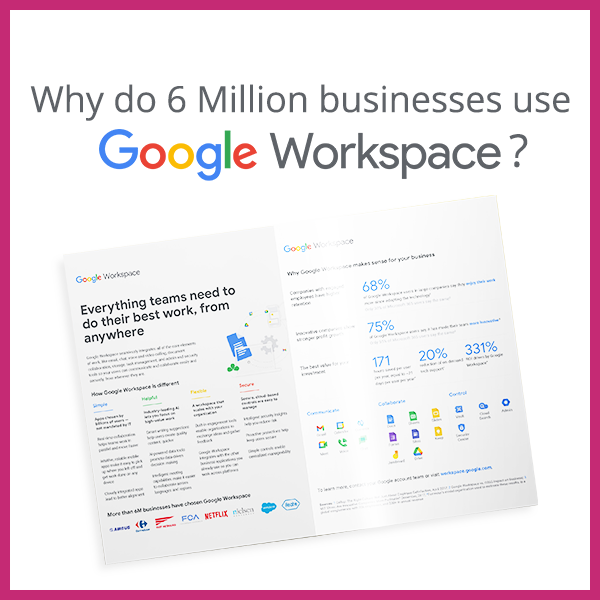
On a website, different visitors will have different goals. Some of them will want to enter your mailing list for a freebie. Others will want to book a complimentary call. Others will want to buy your product right away.
That’s why you have multiple pages: so each visitor can take the right action in the right place.
Yet, they’ll only take action if your pages are conversion-focused. Otherwise, they’ll just linger and do nothing at all. Because inertia is more comfortable than risk.
By removing friction and amping up motivation, taking action will become effortless – and you’ll boost your website’s conversion rate as a result.
Keeping that in mind, the following tips will help you uncover optimisation opportunities and improve your website conversion rates. Read on.
First, Find Improvement Opportunities
If you already have existing pages you need to optimise, you can start by fixing what’s “broken.”
How do you know what’s broken? There are three ways to find out:
- You can use tools like CrazyEgg and Hotjar to discover where users are clicking, where they stop scrolling, and the elements they frequently interact with.
- You can perform an analysis on your website (or on competitors’ websites if you’re starting from scratch) as if you were a potential customer. Are there any opportunities for improvement? Are there any points of friction?
- If possible, use tools like UserTesting.com to have your target market do that same analysis for you.
You can uncover great insights just from those analyses. Knowing what could be improved provides a solid starting point for your next steps.
Know Who’s Coming to Your Website
On a website, it can be hard to know exactly who’s coming from where – especially on homepages. But you can still make an extremely educated guess based on the data you have.
Your analytics will help you get a head start. Try to answer the following questions:
- Are people coming mostly from desktop or mobile?
- What are their prevalent demographics?
- Most importantly: what are the pressing questions they have that your website should answer?
Ideally, you should also interview and survey your audience to uncover their pains and desires. You’ll only learn what makes them tick by listening to them.
If you don’t yet have analytics we highly recommend Fathom Analytics, simple and privacy focussed. We include a Fathom Analytics accounts for all of our WordPress Care Plan clients.
Create a Messaging Hierarchy
What do your visitors need to see on your page – and in which order – so they can say “yes” to your offer?
Your messaging hierarchy should focus on crushing your visitors’ objections as they arise, so that they’re confident to move forward by the end of the page.
There’s no universal formula to messaging hierarchies. If you’ve followed the previous steps, you already know which sections of your website aren’t supporting conversions. You also know which pressing questions your visitors have, as well as their strongest desires. Use that data to inform the order of your messaging.
Remove Friction
You can increase your conversion chances by removing friction on your pages. There are plenty of ways you can do that:
- Add social proof in areas where you need to boost believability. Social proof includes logos, testimonials, ratings, and reviews.
- Add product screenshots and videos so visitors can see how it works and what’s inside.
- Include images of happy customers. People want to be sure that others just like them enjoy your product.
- Add trust badges on payment/checkout pages, so potential buyers know it’s safe to carry on with their purchase.
Friction is a conversion-killer. It can deter even the most qualified visitors from taking action. So crush it!
Improve Your Page Speed
Imagine you’ve written the perfect page for the perfect visitors, but your website takes longer than four seconds to load. When we’re waiting for content to appear, that feels like an eternity.
Don’t underestimate the power of a high page speed. Make sure your pages load within three seconds, otherwise people will leave before they even get a chance to convert.
Optimise Your Button Copy
Buttons are the gateways to conversion. But ironically, they can contribute to poor conversions if they create friction.
As an example, buttons like “Start a Free Trial” raise dozens of questions.
“Does ‘free’ actually mean ‘FREE’?”
“Will these people charge me without my consent?”
“Will I have to fill out a huge form?”
These seemingly inoffensive questions are enough to make people rethink their decision. That’s why you should tell visitors exactly what to expect next.
Reassure them that they don’t need to provide credit card details right now. That the trial is actually free for 30 days. Let them know that it’s 100% safe to click the button.
The more you know about your potential customers’ objections, the easier it’ll be to anticipate and remove them. Not only in and near your buttons, but across the entire page.
Use A/B Testing (Split Testing)
Truth is, you’ll never know how well or poorly a website is performing until you test it.
The beauty of A/B testing is: you can test any element, from headlines to images and buttons. If you’d like to see whether a headline variation performs better than another, split test two or more headlines. If you’re unsure about the copy you should put in a button, test two different buttons and see which one wins.
Tools like Optimizely and CrazyEgg will help you with split testing. Note that your website should have at least 500 monthly conversions to perform accurate A/B tests.
The Journey Doesn’t End Here…
…because optimisation never ends. Your audience may change – and when they do, your website should change with them. So keep asking, keep testing, and higher conversions will follow.

